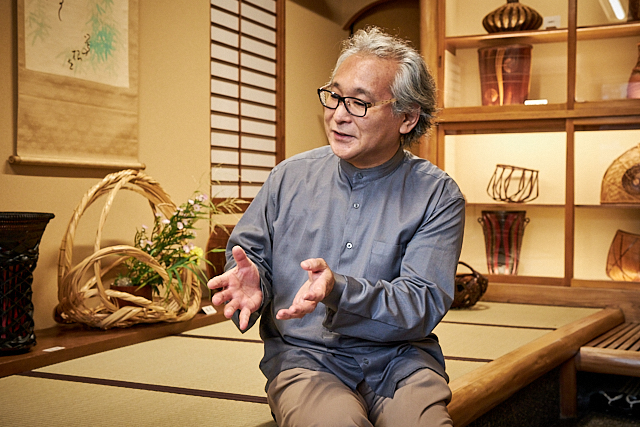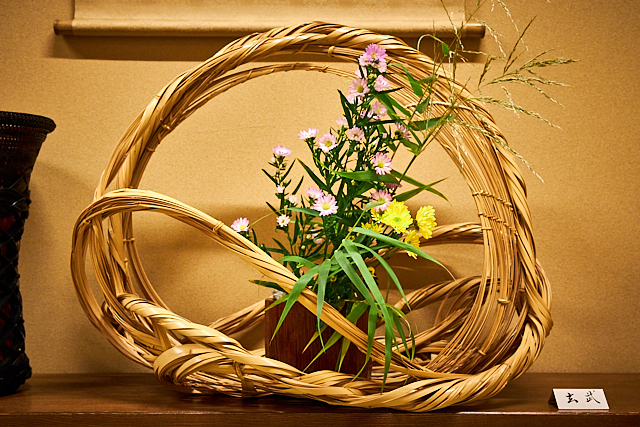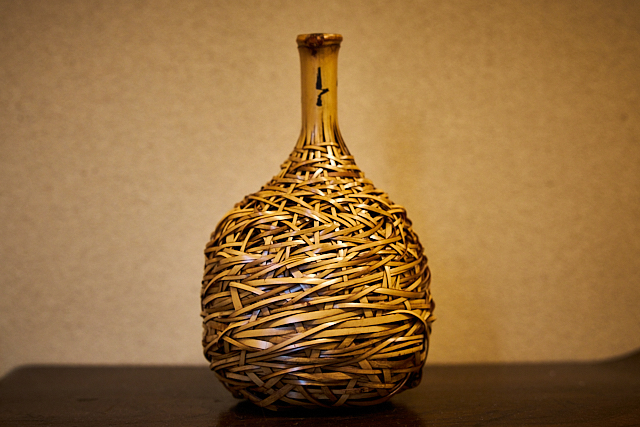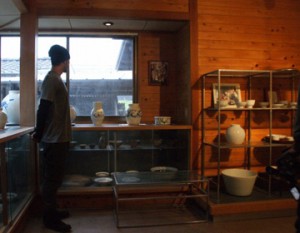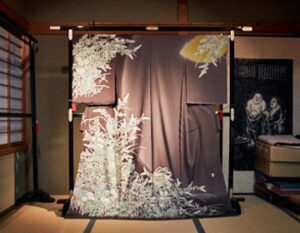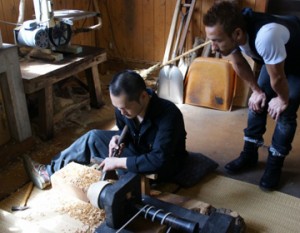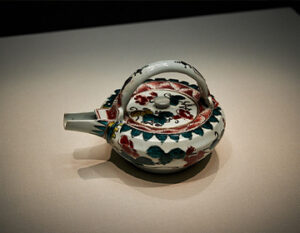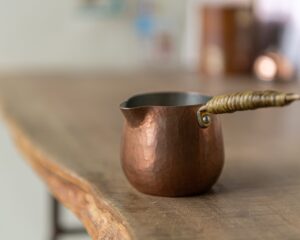Bamboo Crafts with Flexibility
It can be woven in a way that gives it a delicate, silky look or a rough, unspoiled natural look, and can be shaped at will, depending on how it is woven. It can be a useful utilitarian item such as a flower basket or basket bag, or it can be an abstract work of art. It is strong, flexible, and has antibacterial properties. Midoriya, a store specializing in bamboo crafts, is located a five-minute walk from JR Nippori Station, near the “Yuyake Dandan,” which is a symbol of Yanaka Ginza and still retains the atmosphere of the old downtown area. Nearby is a famous shaved ice shop that always has a line out the door on weekends, and the store is located at the entrance to a lively shopping street that is a popular tourist attraction. The owner of this 110-year-old store is Suiko Buseki, a bamboo craftsman who was born in 1958, learned from his grandfather and father, and has preserved the history of bamboo crafts in Tokyo.
Even now, I still learn a lot from bamboo,” he says. Each type of bamboo has its own characteristics, depending on the type and where it grows, and the color, luster, and expression of the bamboo changes depending on how it is modified. Bamboo gives the impression of being bendable, doesn’t it? But if you bend it forcibly, it hurts the bamboo. So even when I have an idea for a piece, it takes time to choose the right bamboo for it,” says Suiko Takeki.
In a gallery near Midoriya, Suiko’s works, created by listening to the voice of the bamboo, are on display. Many of Sui Tako’s works are beautifully and intricately braided flower baskets made of black or brown colored bamboo strips.
He said, “It is very intricately woven, but the shape is very simple. You can feel that the bamboo is not forced.
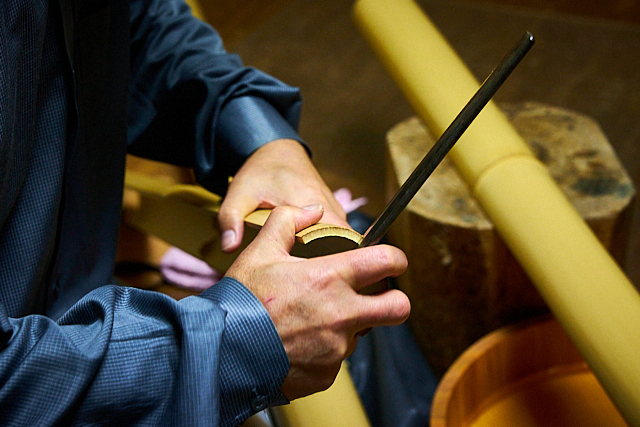
Bamboo Crafts Popular Overseas
He says that he often gets ideas for his works from nature.
He says, “When I take a walk at night and look at the moon, I want to draw its curves. Water, light, and air …… are the best teachers.
Japanese bamboo crafts are not well known to many people, but they are highly appreciated overseas, even more than in Japan. Suiko is one of Japan’s leading bamboo craftsmen whose works are in the collections of the Metropolitan Museum of Art, the National Gallery of Scotland, and other museums and art galleries overseas.
When I go to museums overseas, I am surprised to see Japanese bamboo crafts from 150 years ago on display. Of course, I am very happy to see such things, but I would like more young Japanese people to be interested in bamboo crafts.
We recommend that you take a stroll and visit Midoriya to experience the depth of bamboo crafts.
